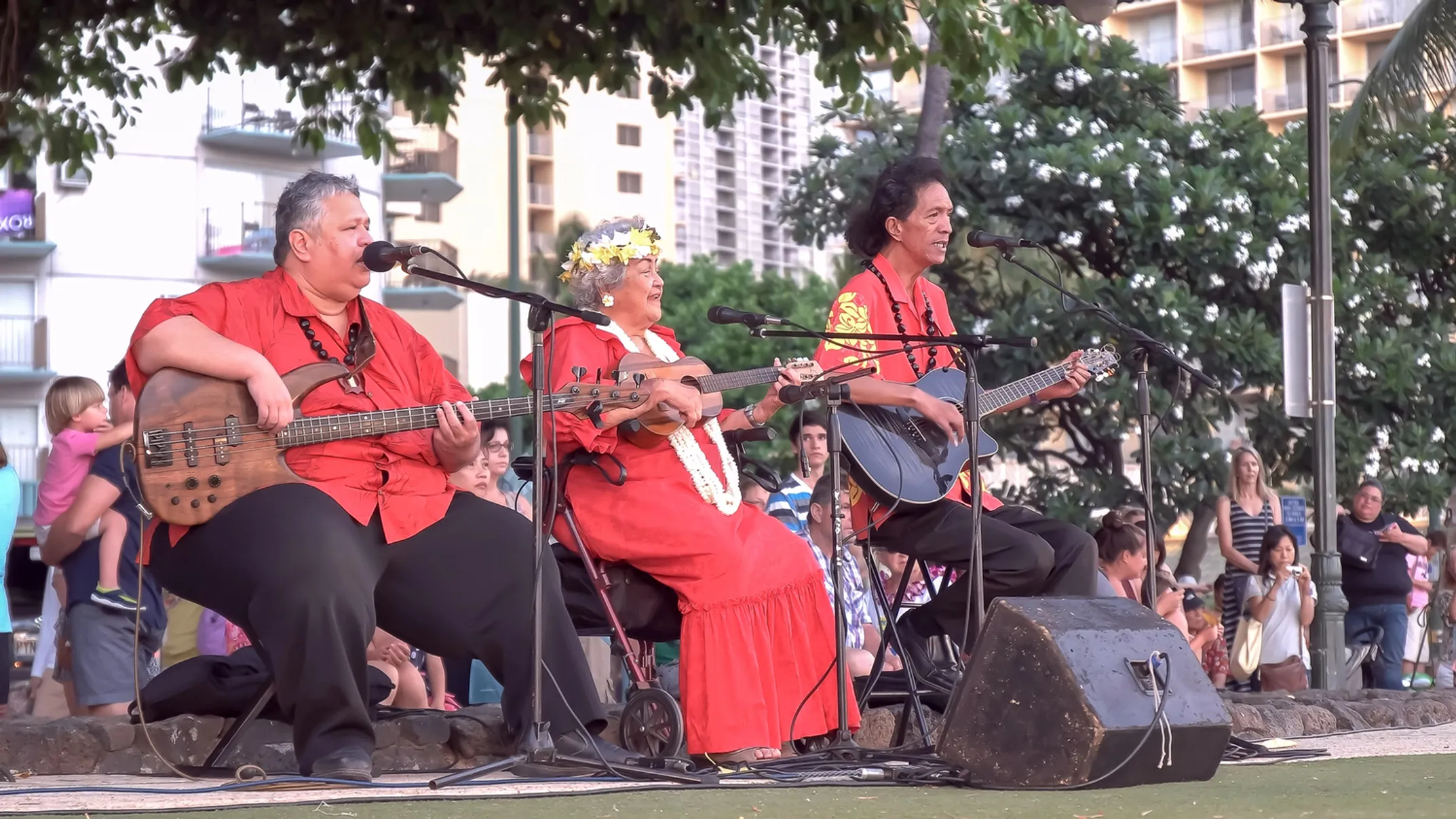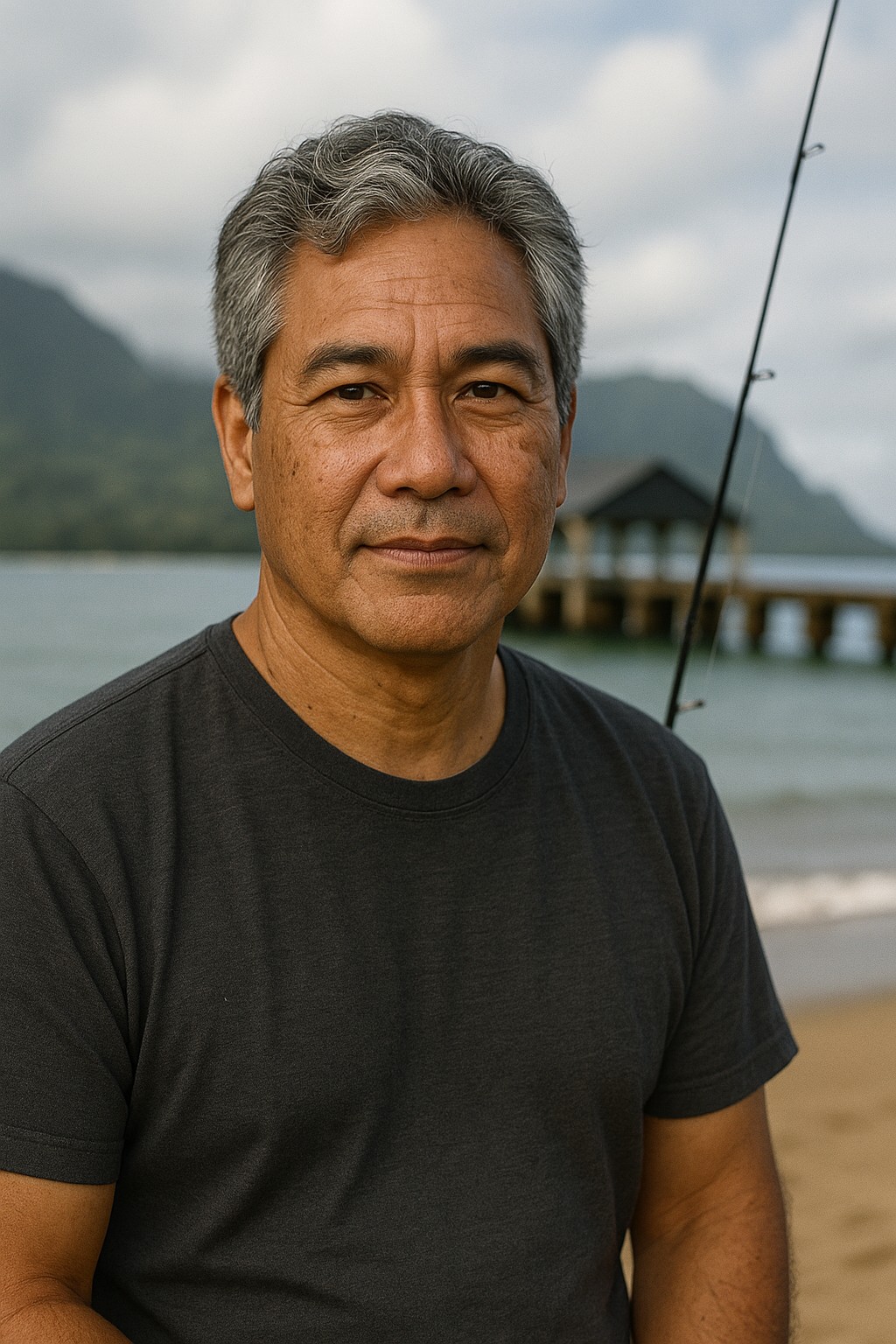

The Revival
From a Stolen Tongue to a Nest of Voices

Written by a Cultural Practitioner
Kalani MillerPart III: The Revival: From a Stolen Tongue to a Nest of Voices
The Great Silence and the Awakening
The vibrant sounds of oli heard across Hawaiʻi today are the result of hard-won battle against near-total erasure. Following the illegal overthrow of the Hawaiian Kingdom in 1893, the new government passed a law in 1896 that mandated English as the sole medium of instruction in all schools.
This act was deliberate tool of cultural assimilation, designed to sever generational transmission of ʻōlelo Hawaiʻi. For decades, children were physically and emotionally punished for speaking their mother tongue in school. The effect was devastating. The language retreated from public life and, eventually, from many homes.
By the 1980s, the language was critically endangered, with fewer than 50 speakers under age 18. An entire generation had been disconnected from their ancestral voice.
The turnaround began with the Hawaiian Renaissance of the 1970s, a period of renewed cultural and political pride. In 1983, this spirit of revival led a group of visionary Hawaiian educators, including Dr. Larry Kimura and Kauanoe Kamanā, to found the ʻAha Pūnana Leo, or "Nest of Voices."
Inspired by the Kōhanga Reo Māori language nests in Aotearoa, their mission was radical: create preschools where children would be immersed entirely in Hawaiian. In August 1984, they opened the first Pūnana Leo in Kekaha, Kauaʻi—an act that was, at the time, illegal.
Timeline of Revival
Hawaiian Language Banned
English mandated as sole medium of instruction in all schools
Hawaiian Renaissance
Period of renewed cultural and political pride begins
ʻAha Pūnana Leo Founded
Visionary educators create "Nest of Voices" organization
First Pūnana Leo Opens
First Hawaiian immersion preschool opens in Kekaha, Kauaʻi (illegally)
Ban Overturned
State legislature overturns 90-year ban on Hawaiian medium instruction
For three years, founders and families lobbied relentlessly, engaging in civil disobedience and political action until, in 1986, the state legislature finally overturned the 90-year ban on Hawaiian medium instruction. From that single act of defiance, a complete educational ecosystem has grown, now spanning from preschool to K-12 immersion schools and even doctoral programs at university level.
This was more than language program. It was strategic act of cultural and political sovereignty. The Pūnana Leo movement was direct, grassroots response to century of suppression. By consciously operating outside law, its founders reclaimed education as tool for decolonization and cultural self-determination.
The Digital Archives: Preserving the Voice for Generations
Parallel to educational revival has been technological one. The preservation of ancestral voice owes great debt to foresight of individuals and institutions who recognized urgency of recording this oral tradition.
As early as 1898, Charles Reed Bishop, founder of Bernice Pauahi Bishop Museum, suggested using phonograph to record mele and moʻolelo before they were lost. This initiative grew into one of the world's most important repositories of indigenous oral traditions.
🎙️ Mary Kawena Pukui
For over two decades, Pukui traveled the islands with her assistant Eleanor Williamson, recording voices and knowledge of kūpuna, creating an invaluable archive of Hawaiian oral tradition.
📼 Helen Roberts Collection
In early 1900s, Roberts collected nearly seven hundred mele and recorded about two hundred on wax cylinders, preserving styles and forms that might otherwise have vanished.
🏛️ Bishop Museum
The museum's audio collection now contains thousands of recordings, anchored by the monumental work of cultural preservationists and scholars throughout the 20th century.
📺 ʻŌiwi TV
Native Hawaiian-owned multimedia organization making living culture accessible to global audience while ensuring Hawaiian voices and perspectives remain at center of narrative.
Today, this preservation effort has evolved into digital realm. ʻŌiwi TV is Native Hawaiian-owned and operated multimedia organization dedicated to perpetuating culture through modern media. With series like Kīpuka Moʻolelo, which explores contemporary use of language, and Mele Pūnana Leo, featuring new compositions from immersion school communities, ʻŌiwi TV makes living culture accessible to global audience while ensuring Hawaiian voices and perspectives remain at center of narrative.
Ke Kumu Honua Mauli Ola
The Pūnana Leo movement's educational philosophy, Ke Kumu Honua Mauli Ola, centered family and community, re-establishing Hawaiian worldview in classroom. The movement fundamentally challenged assimilationist logic that underpinned the 1896 ban, proving that cultural revitalization and academic excellence were not mutually exclusive, but deeply intertwined.
Continue Your Journey
Discover how modern cultural warriors use chant as tool for healing and resistance
📅 Key Dates
- Language Ban: 1896
- Hawaiian Renaissance: 1970s
- Pūnana Leo Founded: 1983
- First School Opens: 1984
- Ban Overturned: 1986
👥 Key Figures
Pūnana Leo co-founder
Pūnana Leo co-founder
Scholar & preservationist
Early 1900s collector
💾 Preservation Methods
- Wax Cylinders: Early recordings
- Audio Archives: Museum collections
- Digital Media: Modern platforms
- Educational Programs: Living transmission
📱 Modern Resources
Native Hawaiian multimedia
Contemporary language series
New compositions from schools
Digital archives

